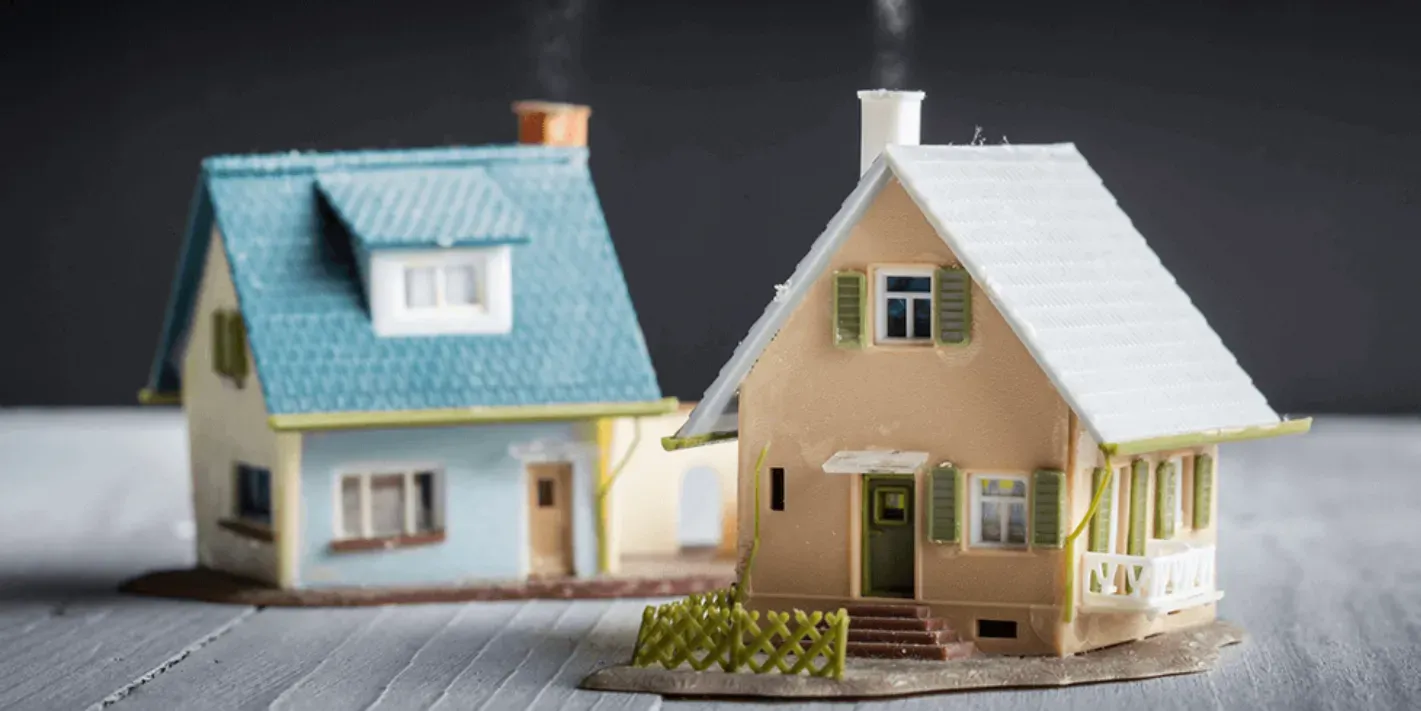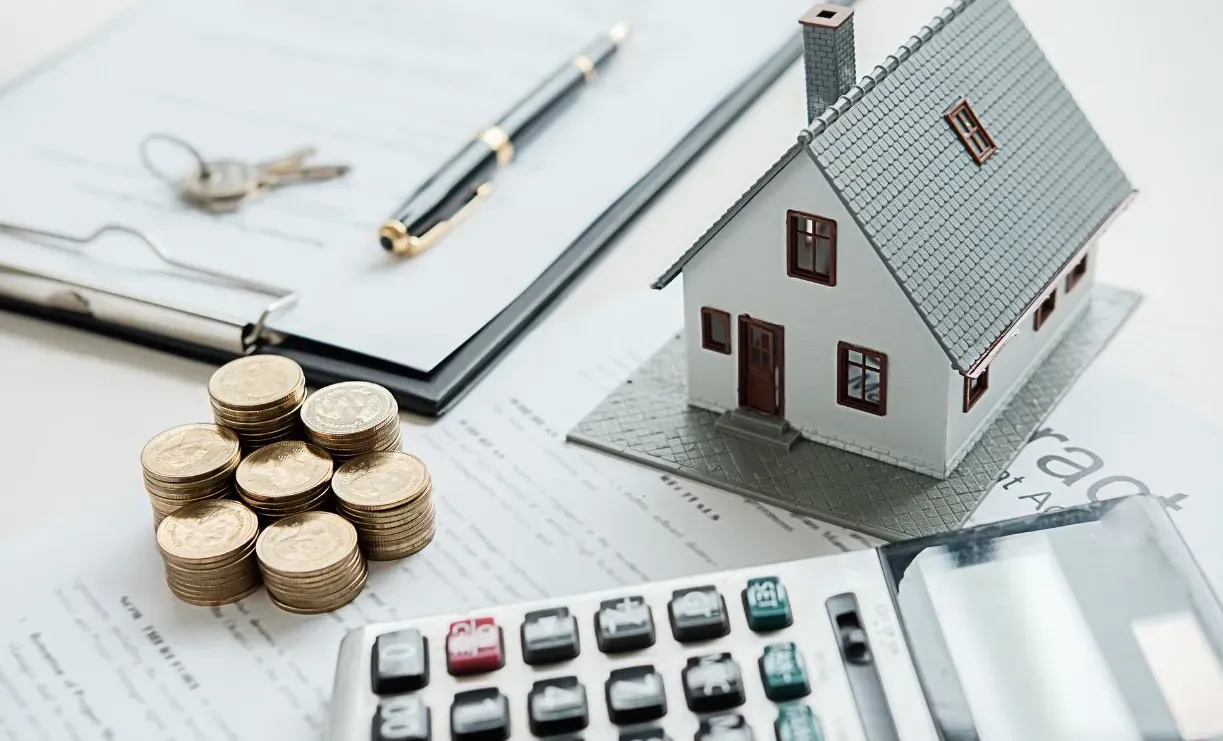How to Finance a 3BHK House in Mumbai Without Over-Stretching Your EMI

By
Shrusti Naik
Posted on October 30, 2025. 10 mins

Introduction

Purchasing a 3 BHK house in Mumbai is often the dream of Indian middle-income families aiming for long-term stability and wealth creation. A 3 BHK typically means three bedrooms, a hall and kitchen (hence “3 BHK full form”), and offers more space than a conventional 2 BHK. But given Mumbai’s steep real-estate prices, financing such a purchase without over-stretching your monthly EMI is critical.
In this guide, we’ll break down, step-by-step, how to finance a 3 BHK house in Mumbai: looking at current interest-rates, home-loan eligibility, down-payment advice, EMI affordability (especially in the city), taxation & regulatory considerations (stamp duty, registration, etc), and actionable tips to keep your EMIs manageable. With fresh 2024-25 India-first data, you’ll gain the expertise to plan smartly and build authority in your decision-making. Also read, Upcoming Mumbai Metro Corridors and Their Impact on 2BHK Property Values
Key Stats at a Glance
- In Mumbai, the EMI to income ratio stood at ~51 % in H1 2024, meaning the average household had to earmark about half its income for EMI. ([Housing][1])
- Home-loan interest rates in India in 2025 are starting from as low as 7.35 % p.a. for qualified borrowers. ([ClearTax][2])
- In Mumbai, as of 2025 a typical 3 BHK in suburbs ranges from ₹3 crore to ₹7 crore and in premium areas higher. ([Hindustan Times][3])
Interpretation: With house-prices high and interest-rates reasonable, the focus must be on keeping your EMI manageable relative to income and total debt. Also read, What Salary to Afford a 2BHK in Mumbai in 2025
1. Understanding Your Financing Landscape
a) Home-loan interest rates & tenure
Banks in India currently offer home-loan interest rates starting around 7.35 % p.a. as of Sept 2025. ([ClearTax][4]) For example, the State Bank of India (SBI) ranges between 7.50 % to 8.70 % from Aug 2025. ([mint][5]) The formula to compute EMI:
EMI = [P × R × (1+R)^N] / [(1+R)^N – 1] where P = principal, R = monthly interest rate, N = number of months. ([HDFC Bank][6])
Longer tenures reduce monthly EMI but increase interest cost; shorter tenure means higher EMI but lower total interest. Also check out, The Ins and Outs of Property Management for Landlords: Maximizing Your Rental Income.
b) Affordability & eligibility constraints
According to data:
- In Mumbai, households in H1 2024 had to dedicate ~51 % of their income to EMI for typical homes. ([Housing][1])
- General guidance: an EMI/income ratio beyond ~50% is considered high-risk. ([The Financial Express][7])
- The Reserve Bank of India (RBI) has also recommended lenders monitor the loan-to-income (LTI) and debt-service‐to‐income ratios for borrowers. ([ICICI Bank][8])
c) Down payment & Loan-to-Value (LTV)
RBI guidelines: For a home-loan up to ₹30 lakh → LTV upto 90%; between ₹30-75 lakh → LTV 80%; above ₹75 lakh → LTV 75%. ([Magicbricks][9]) For a multi-crore 3 BHK in Mumbai, expect lender to finance around 70-80 % of value; you will need to arrange ~20-30% as own funds (plus stamp duty, registration, other costs).
2. Example Case: Financing a 3 BHK in Mumbai
Let’s assume you are buying a 3 BHK in a suburban Mumbai locality priced at ₹5 crore.
| Item | Amount (₹) |
|---|---|
| Purchase Price | 5 crore |
| Down Payment (~25%) | 1.25 crore |
| Loan Amount (~75%) | 3.75 crore |
| Interest Rate | 8.0% p.a. |
| Tenure | 20 years (240 months) |
Using the EMI formula: EMI ≈ ₹3.75 cr × 0.08/12 × (1+0.08/12)^{240} / ((1+0.08/12)^{240} – 1) EMI ≈ ₹3.75 cr × 0.006667 × ~4.9 / (~3.9) ≈ ~₹2.75 lakh/month (approximation).
If your monthly net income is ₹8 lakh (≈ ₹96 lakh annual), then EMI-to‐income ratio ~34% → within acceptable limit. If income is lower (say ₹5 lakh/month), EMI ratio ~55% → risky. Also read, 2BHK in Mumbai: Best Localities for Price & Lifestyle 2025
3. Consider All Additional Costs & Taxes
a) Stamp duty & registration in Mumbai
In Mumbai, stamp duty rates for men are 6% of property value (including 1% metro cess), for women 5%. Registration charge for properties above ₹30 lakh is fixed at ₹30,000. ([Ambak][10]) In our example (₹5 crore purchase), stamp duty ~₹30 lakh (6% of ₹5 cr) plus registration ~₹30,000.
b) Tax benefits on home-loan
- Under Section 80C of the Income Tax Act, stamp duty and registration charges qualify for deduction up to ₹1.5 lakh-per-year (when paid). ([bajajhousingfinance.in][11])
- Under Section 24(b), interest on housing loan up to ₹2 lakh p.a. is deductible for a self-occupied property (if ₹1 crore loan or below). Above that threshold (for property value above ₹50 lakh) interest deduction is capped at ₹30,000.
c) Hidden costs & upkeep
- Maintenance charges, society fees, premium for parking or PLC (Preferential Location Charges), interim interest on under-construction period.
- Annual property tax, insurance, repairs. These add to monthly carrying cost beyond EMI.
4. Five Actionable Tips to Keep Your EMI Manageable
- Choose realistic down-payment: If you can stretch to 30% down-payment, loan amount reduces and EMI eases.
- Stretch tenure cautiously: Extending tenure to say 25-30 years lowers EMI but increases total interest. Aim for <35% EMI/income ratio.
- Lock favourable interest rate: With rates starting ~7.35-8.0 % p.a., compare across lenders. A 0.25% difference on ₹3.75 cr loan saves ~₹9,400/month.
- Budget for all upfront & recurring costs: Allocate ~7-8% extra for stamp duty, registration, interiors, moving costs, plus monthly maintenance ~1% of property value annually. ([Basic Home Loan][12])
- Keep emergency buffer: If salary or job changes, ensure you can pay EMI comfortably with 60-70% of income. Avoid stretching to >50% on EMI/income ratio threshold.
5. Pros & Cons of Taking a 3 BHK in Mumbai Now
| Pros | Cons |
|---|---|
| Larger space suits family lifestyle | Higher ticket cost → higher EMI burden |
| Potential capital appreciation | Higher maintenance & tax costs |
| Better resale value in good locality | Risk of over-stretching finances if income drops |
Conclusion

Financing a 3 BHK house in Mumbai is absolutely doable — but only if you structure it sensibly. The key variables: a feasible down-payment, interest rate negotiation, tenure choice, realistic income-to-EMI ratio, and full accounting of taxes and recurring costs. With interest rates in India now favourable (~7.35-8 %), and regulatory clarity improving, you have an opportunity. But given Mumbai’s high cost base (3 BHKs in suburbs ranging ₹3-7 crore), neglecting affordability metrics can land you in financial stress.
Prioritise gaging your monthly income, keep EMI under ~35-40% of net income, factor all upfront costs (stamp duty, registration) and recurring costs (maintenance, tax), and treat the 3 BHK as a long-term commitment. With that mindset, you can turn your dream 3 BHK house into a sustainable asset rather than a burden.
For those in pursuit of their dream home, investment opportunities, or a sanctuary to call their own, Jugyah provides top housing solutions with its intelligent technology.
Frequently Asked Questions
1. How much down-payment should I aim for a 3 BHK house in Mumbai? Ideally 20-30% of the property cost plus stamp duty/registration. For a ₹5 crore property, aim for ₹1–1.5 crore down-payment for manageable EMI.
2. What maximum EMI/income ratio is safe when buying in Mumbai? In Mumbai the average EMI/income ratio is ~51%. Keeping your EMI to <35–40% of monthly income offers safer ground. ([Housing][1])
3. What are current home-loan interest rates for Mumbai buyers? As of 2025, home-loan interest rates in India start from around 7.35% p.a., with many banks offering 7.5-8.5% depending on profile. ([ClearTax][2])
4. What stamp duty and registration charges apply for property purchase in Mumbai? For men: 6% (including metro cess) of value, for women: 5%. Registration fixed at ₹30,000 for value above ₹30 lakh. ([Ambak][10])
5. Are there tax benefits when financing a 3 BHK in India? Yes. Under Section 24(b), interest deduction available (subject to value limits), and under Section 80C, stamp duty & registration qualify (up to ₹1.5 lakh). You should verify current conditions and caps.